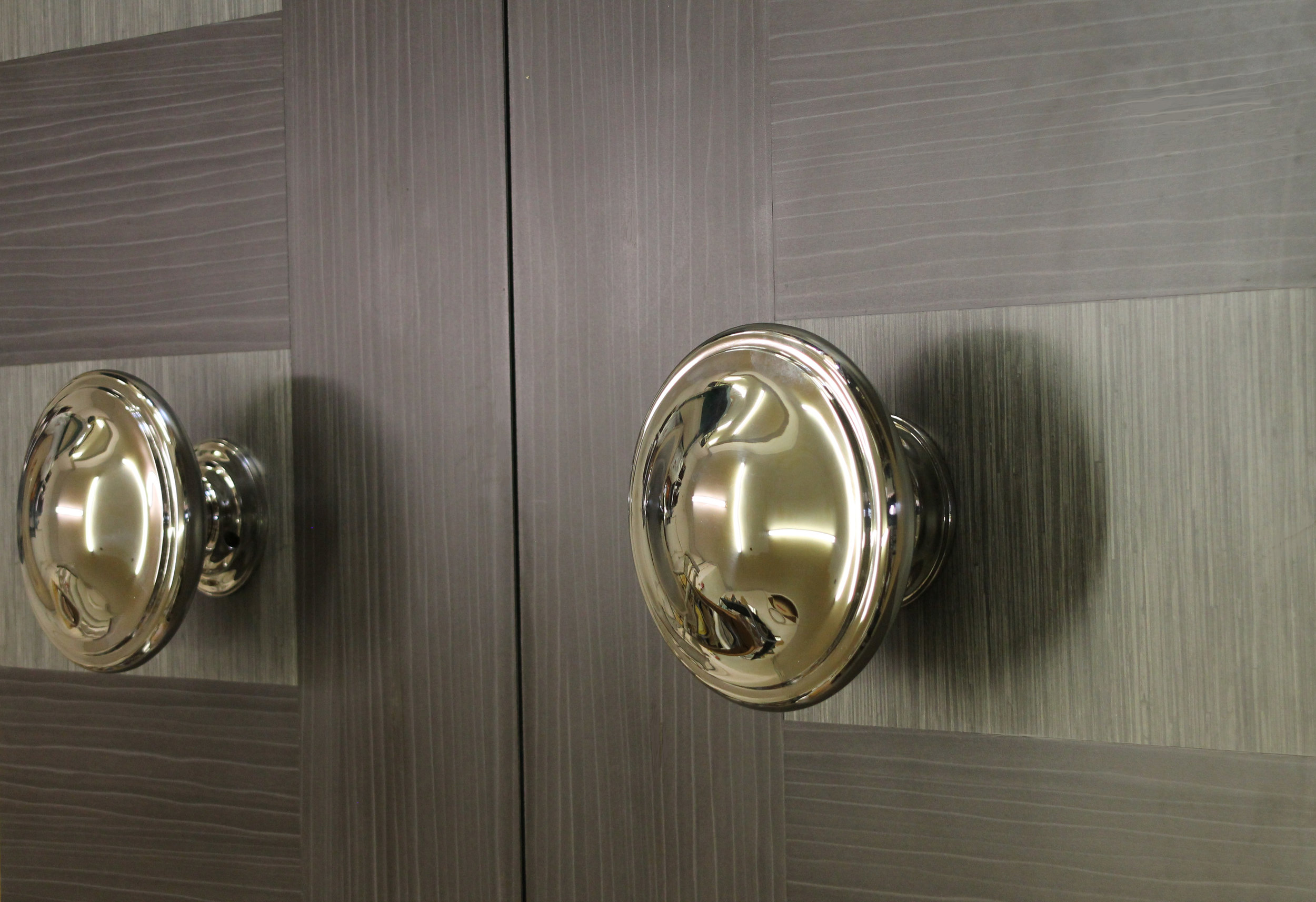How the Handing of A Door Can Affect the Aesthetics of Your Door Pull
How the handing of a door can affect the aesthetics of your door pull.
The handing of a door is not something you would necessarily consider when ordering your door pull or grip especially when they are to be mounted as a pair of back to back handles, but the handing does impact the security and beauty of the door handle set.
How to determine the handing of your door?
This is not hard, simply look at your door from the outside, if the hinges are on the right then your door is right handed and for a pair of back to back handles this would mean the handle on the outside would be right and left on the inside. When we are preparing a left and right grip as a back to back through bolted set, we machine the grips so that a threaded bolt can be screwed through the face of the grip that is on the inside of the door and pass through the doors core and into the threaded hole in the back of the grip on the outside.
The bolt on the inside will be counter sunk and concealed with an attractive screw cap but the handle can still be removed by unscrewing the bolt, so it is wise to have the bolt accessible only from the inside.
By comparison, the bolt on the outside handle is only screwed in sufficiently to make a strong connection, typically about ½” into the back of the pull and cannot therefore be unscrewed from the outside. Through bolting a door set makes for an easy installation and one that provides a very solid connection for your door handles. In a later piece I will compare different surface mounting techniques. In the photo of the Ergo heroic handles these have been mounted on a pair of doors (double door). From a handing perspective you have 2 doors, one is left handed, the other is right. If these had been installed with a locking mechanism, then for clarity one would call out the door that has the lock as the “operational” door.





